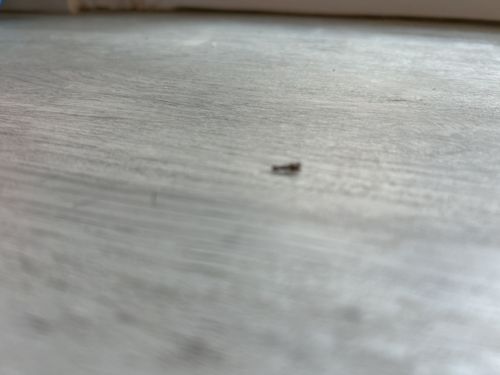Fungus Gnat
Scientific Name: Sciaridae or Mycetophilidae (specific genus and species vary)
Order & Family: Order: Diptera, Family: Sciaridae (darkwinged fungus gnats) or Mycetophilidae (true fungus gnats)
Size: Typically 2-5 millimeters (0.08-0.2 inches) in length

Natural Habitat
Fungus gnats are commonly found in moist environments. Indoors, they are prevalent around houseplants, greenhouses, and anywhere excessive moisture and decaying organic matter are present. Outdoors, they can be found in damp soil, compost piles, and shaded areas with rich organic material.
Diet & Feeding
Adult fungus gnats typically do not feed or feed on liquids. Larvae primarily feed on fungi, decaying organic matter, and plant roots, especially in moist soil.
Behavior Patterns
Fungus gnats are typically attracted to light and moisture. They are usually weak fliers and often seen walking on surfaces like soil or windows. Their larvae live in the soil and feed on fungi and decaying organic matter. The adults have a short lifespan, usually about 7-10 days.
Risks & Benefits
Risks: While harmless to humans (they do not bite or transmit diseases), their larvae can cause damage to plant roots, especially seedlings and young plants, leading to wilting, stunted growth, or even plant death in severe infestations. They can be a nuisance due to their presence indoors. Benefits: In natural ecosystems, their larvae play a role in decomposition by breaking down organic matter and fungi.
Identified on: 8/30/2025